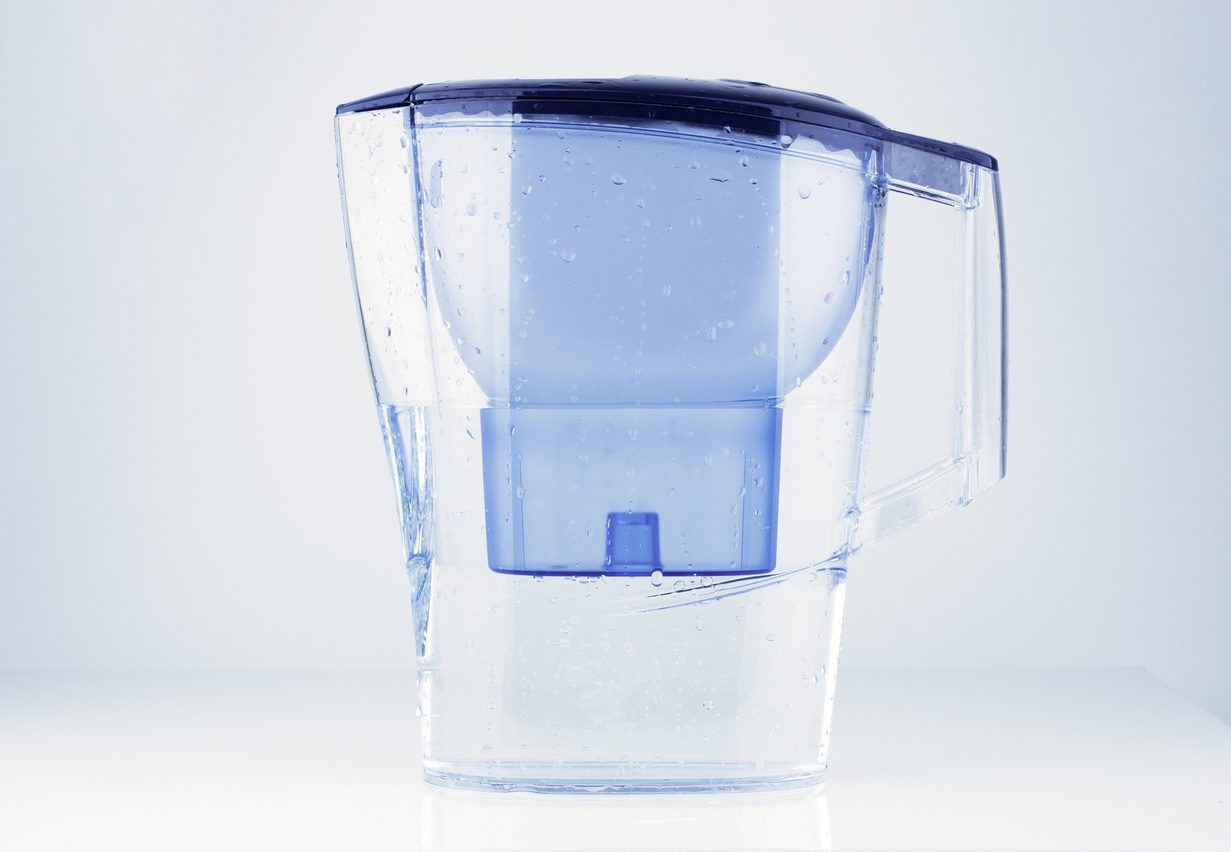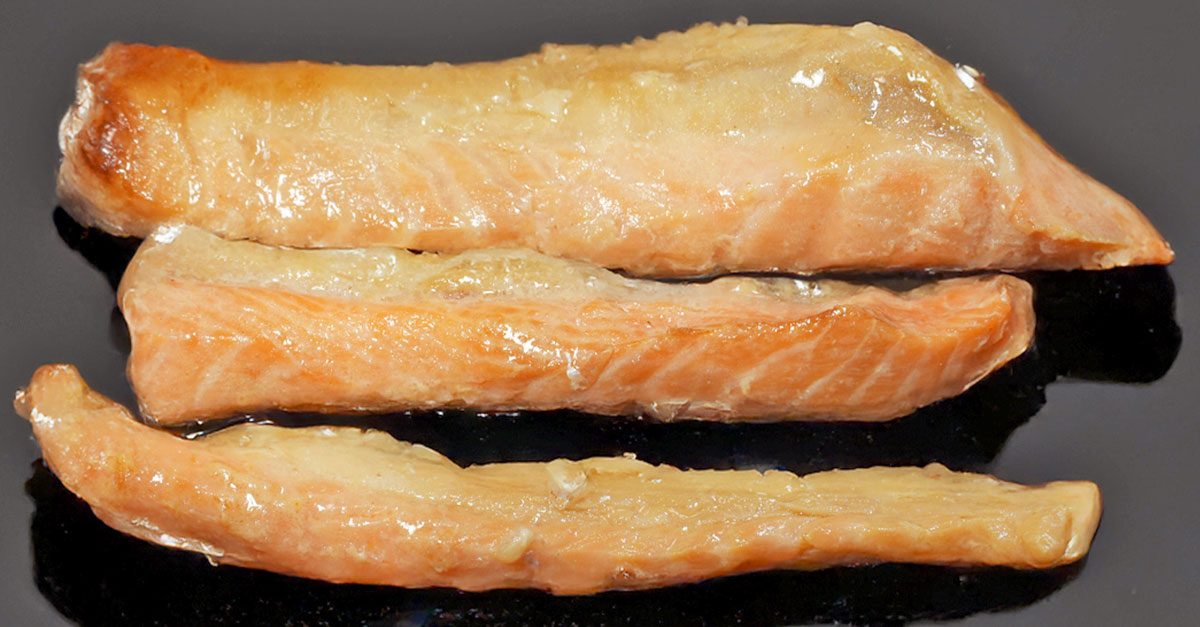A Comprehensive Guide On Cooking With Olive Oil: Everything You Need to Know!
Olive oil is a staple in kitchens around the world, revered for its flavor, versatility, and health benefits. Below, we explore the different types of olive oil, their uses in cooking, and practical tips for getting the most out of this delicious and nutritious oil.
;Resize,width=742;)
Whether you are roasting fish, vegetables or drizzling over a nice bowl of salad, you will find that there are many reasons to love olive oil. But, for you to properly harness the use of olive oil, you need to understand the different types on the market and which might be best suited for your cooking.
What Are the Types of Olive Oil?
- Extra Virgin Olive Oil (EVOO): This is the highest quality olive oil, made from pure, cold-pressed olives. It has a robust flavor and is ideal for drizzling on salads, vegetables, and bread. EVOO is best used raw or for low to medium-heat cooking to preserve its flavor and nutrients.
- Virgin Olive Oil: Slightly lower in quality than EVOO, virgin olive oil is also made from cold-pressed olives but may have a slightly higher acidity level. It’s suitable for similar uses as EVOO but can also be used for sautéing and baking.
- Pure Olive Oil: A blend of refined olive oil and a small amount of virgin olive oil. It has a milder flavor and a higher smoke point, making it suitable for frying and high-heat cooking.
- Light Olive Oil: This term refers to the oil’s flavor and color, not its calorie content. Light olive oil is heavily refined, resulting in a lighter taste and higher smoke point. It’s ideal for baking and high-temperature frying.

Cooking with Olive Oil
Olive oil is incredibly versatile and can be used in various cooking methods:
Sautéing and Stir-Frying
Olive oil’s moderate smoke point makes it suitable for sautéing and stir-frying vegetables, meat, and seafood. Use virgin or pure olive oil for these methods to balance flavor and heat tolerance.
Baking
Light olive oil is perfect for baking cakes, cookies, and bread, providing a subtle flavor that won’t overpower your baked goods. Substitute olive oil for butter or other oils in your favorite recipes.
Grilling and Roasting
Olive oil enhances the flavor of grilled and roasted dishes. Brush vegetables, meats, or fish with olive oil before grilling or roasting to achieve a delicious, crispy exterior.

Dressing and Marinades
Extra virgin olive oil is ideal for making salad dressings, dips, and marinades. Its rich, fruity flavor complements fresh vegetables, herbs, and spices.
Practical Tips for Cooking with Olive Oil
Store olive oil in a cool, dark place to maintain its quality. Keep it in a tightly sealed container to prevent oxidation and rancidity. Be mindful of olive oil’s smoke point, which varies depending on the type. Extra virgin olive oil has a lower smoke point (around 375°F or 190°C), while light olive oil has a higher smoke point (up to 465°F or 240°C). Use robust extra virgin olive oil for dishes where its flavor can shine, like salads and drizzling. Opt for milder oils, like light olive oil, for baking and high-heat cooking where you don’t want the olive flavor to dominate. Olive oil is rich in monounsaturated fats and antioxidants, which can support heart health and reduce inflammation. Incorporating it into your cooking can enhance both the flavor and nutritional value of your meals.
;Resize,width=767;)
;Resize,width=712;)
;Resize,width=712;)
;Resize,width=712;)
